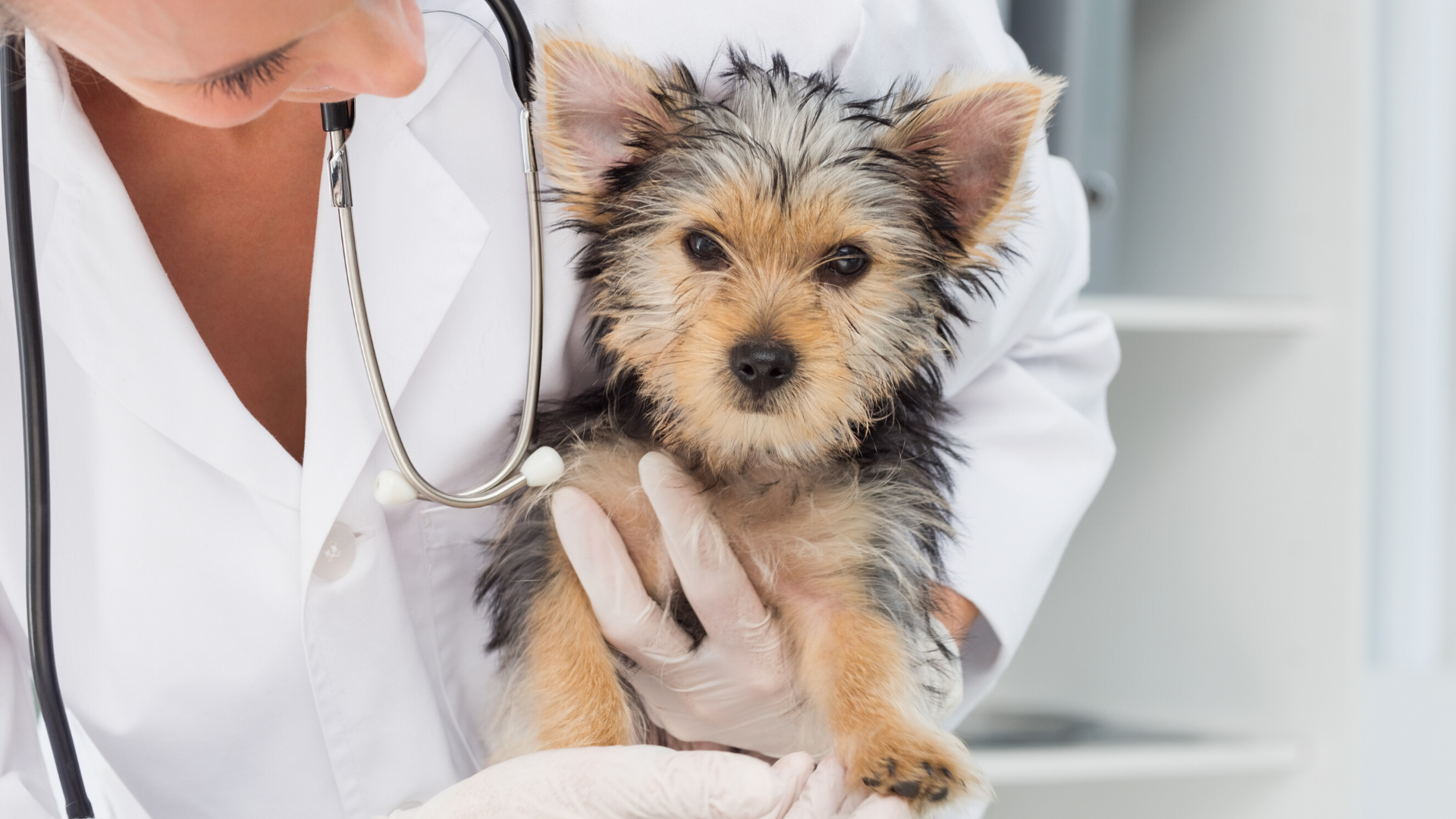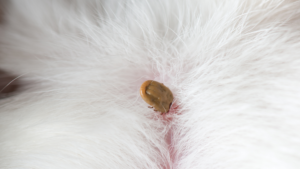What is Canine Parvovirus?
Canine Parvovirus is a virus that causes potentially fatal disease in dogs, but especially in puppies under six months of age. Canine Parvovirus is a DNA virus that multiplies within cells of the body that are constantly dividing, such as in bone marrow and the lining of the intestines.
Which pets are most affected?
Unvaccinated puppies have the highest risk of developing severe disease due to Parvovirus. But any breed or age of dog can be affected, especially if they are not vaccinated.
Vaccination with a modified-live Canine Parvovirus vaccine is highly effective when done at the recommended intervals which usually involves a course of vaccines four weeks apart starting at around 6-8 weeks of age, followed by a booster vaccination after one year.
Your vet will be able to advise you of their recommended Parvovirus vaccination protocol as they may differ slightly depending on which vaccine your Vet uses.
Because Canine Parvovirus can stay in the environment for a very long time, it is important to keep unvaccinated puppies and dogs away from areas that could have been exposed to the virus.
Signs of Canine Parvovirus
Canine Parvovirus is an infectious enteritis, so signs are often associated with the gastrointestinal system. Dogs may appear lethargic, unwilling to eat and show signs of pain in the abdomen, like “bowing” or whimpering. Diarrhoea is a common sign, and this may progress to being haemorrhagic (with blood). Vomiting can also occur. The pup patient may also have a fever. Ongoing signs can be associated with loss of blood and loss of fluids, so dehydration can quickly occur, as well as anaemia, and signs of shock like weak pulses, and collapse. Life threatening sepsis can occur.
Diagnosing Canine Parvovirus
To diagnose Canine Parvovirus the Veterinarian will take a thorough clinical history to understand whether the pup patient has potentially had contact with dogs with parvo, such as being in a kennel, shelter, or exposure at a dog park. Understanding whether the patient is fully vaccinated against parvovirus is also very important, as the vaccine is usually very effective. A physical exam will be performed to check for signs of Parvovirus as outlined above. An antigen test may be performed at the vet clinic to help confirm a diagnosis of Parvovirus. PCR testing may also be recommended to detect for the virus.
Management of Canine Parvovirus
Once the sign of Parvovirus occurs, they usually progress rapidly, so quick action needs to be taken. Treatment of Parvovirus usually involves hospitalisation and intensive care which may include intravenous fluid therapy, antibiotics, antiemetics, pain relief, plasma transfusions, antiviral medication, and nutritional support. As dogs with Parvovirus disease are also very contagious, they need to be hospitalised in a special isolation ward to ensure the virus remains contained. Complications can occur with severe Parvovirus including intussusception (where part of the intestine slides into another part, causing blockage of the intestines), secondary bacterial infection and other infections are managed as they arise. Sudden death is a concerning but not uncommon complication of Canine Parvovirus.
If you are concerned that your pup may have Canine Parvovirus, reach out to your Vet for advice.
How much does it cost to treat?
According to PetSure claims data from 2020, the average, single treatment cost relating to Canine Parvovirus was $887. The highest, single claim cost for Canine Parvovirus in 2020 was $11,179.
Is Canine Parvovirus covered by pet insurance?
Parvovirus is covered by comprehensive pet insurance policies administer by PetSure (check our brand partners at petsure.gholab.com.au/partners) unless related to a pre-existing condition. .
Please refer to your policy documents and Product Disclosure Statement (PDS) for more information.
References
- Vincyclopedia of Diseases, Canine Parvovirus Infection, accessed on 19/04/2021, available at https://www.vin.com/Members/Associate/Associate.plx?from=GetDzInfo&DiseaseId=1165&pid=607
- Gallagher, A, 2020, Canine Parvovirus, MSD Manual Veterinary Manual, accessed on 19/04/2021, available at https://www.msdvetmanual.com/digestive-system/diseases-of-the-stomach-and-intestines-in-small-animals/canine-parvovirus
Pet insurance can help by covering a portion of the eligible vet bill if the unexpected happens. Because it is difficult to predict the costs of veterinary care, it can help to have measures in place to help prepare for the unexpected. Check out our partner network and explore our policy tools to find a pet insurance policy.
Not all conditions or items are covered by Pet Insurance. Refer to the applicable Product Disclosure Statement for information about coverage and exclusions.








